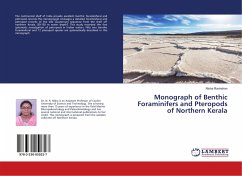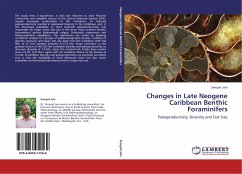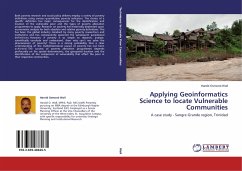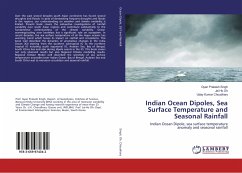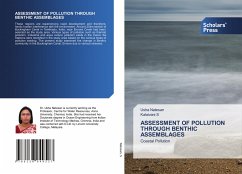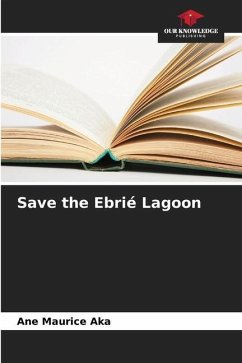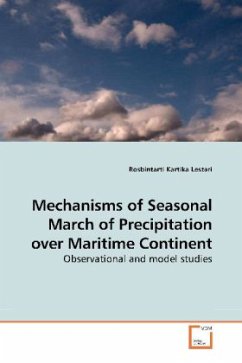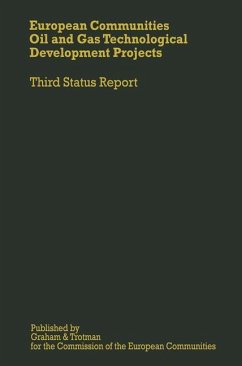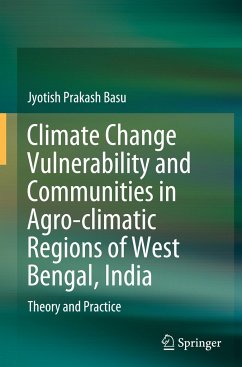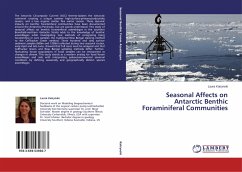
Seasonal Affects on Antarctic Benthic Foraminiferal Communities
Versandkostenfrei!
Versandfertig in 6-10 Tagen
30,99 €
inkl. MwSt.

PAYBACK Punkte
15 °P sammeln!
The Antarctic Circumpolar Current (ACC) thermo-isolates the Antarctic continent creating a unique summer high-surface-primary-productivity season, and a low organic matter flux winter season. These dynamic impacts on benthic foraminiferal communities have been documented around the Antarctica Peninsula, but are poorly understood. This study of seasonal affects on benthic foraminiferal assemblages in the southern Bransfield-northern Gerlache Straits adds to the knowledge of benthic assemblages while investigating two methods of recognizing living foraminifera in core samples: the traditional Ro...
The Antarctic Circumpolar Current (ACC) thermo-isolates the Antarctic continent creating a unique summer high-surface-primary-productivity season, and a low organic matter flux winter season. These dynamic impacts on benthic foraminiferal communities have been documented around the Antarctica Peninsula, but are poorly understood. This study of seasonal affects on benthic foraminiferal assemblages in the southern Bransfield-northern Gerlache Straits adds to the knowledge of benthic assemblages while investigating two methods of recognizing living foraminifera in core samples: the traditional Rose Bengal staining method to the CellTracker Green method. Three hundred and sixty surface sediment samples (600m and 1200m) collected during two seasonal cruises, early April and late June, showed that full cores must be analyzed and that CellTracker Green and Rose Bengal sampling methods differ. Further, fluctuating foram populations in fossil samples can be interpreted as changes in climate. This study stands as a modern analog for fossil foram assemblages and aids with interpreting paleoenvironmental seasonal conditions by defining seasonally and geographically distinct species assemblages



